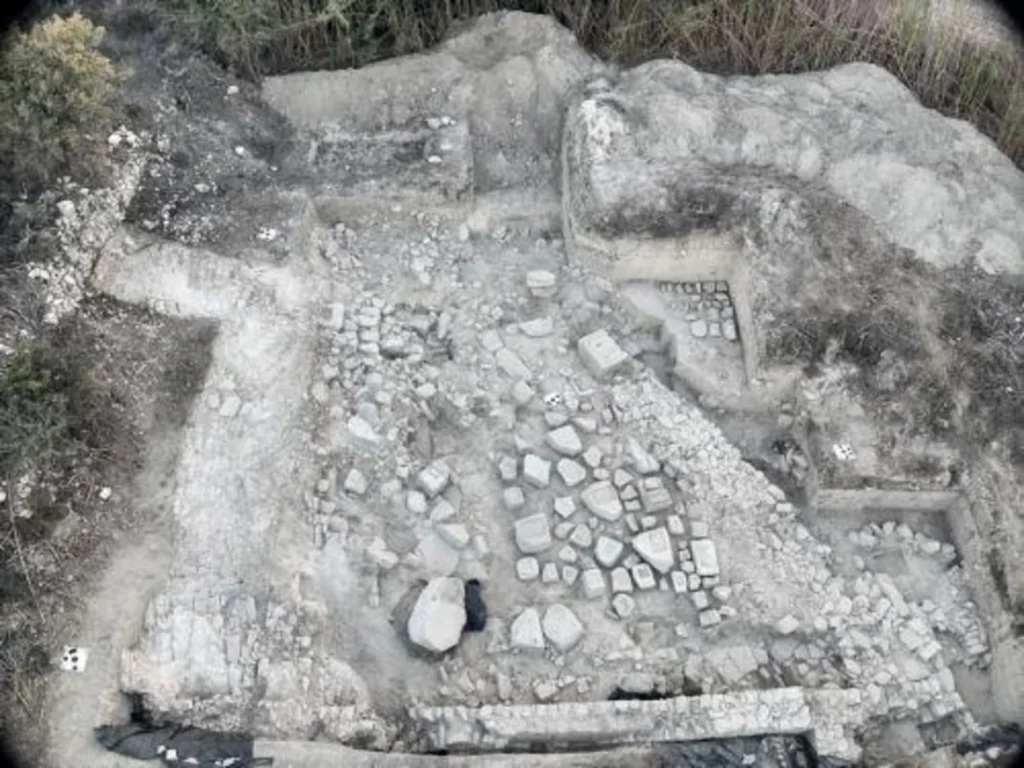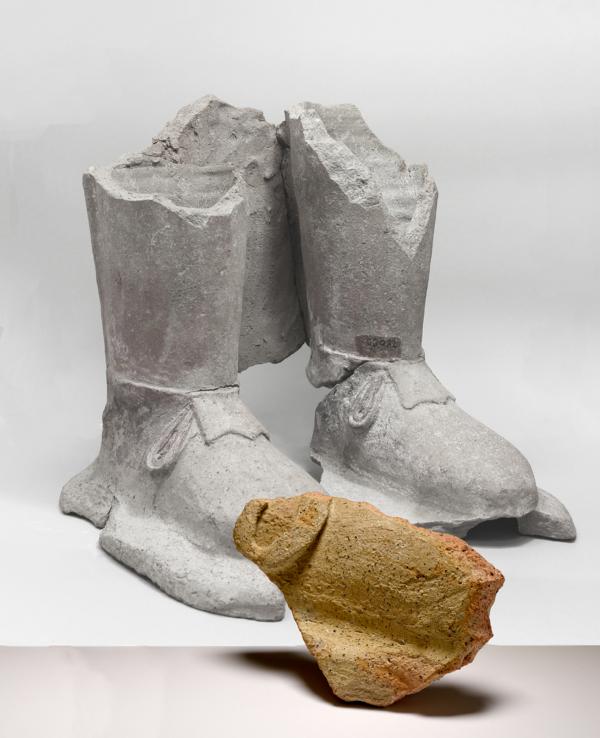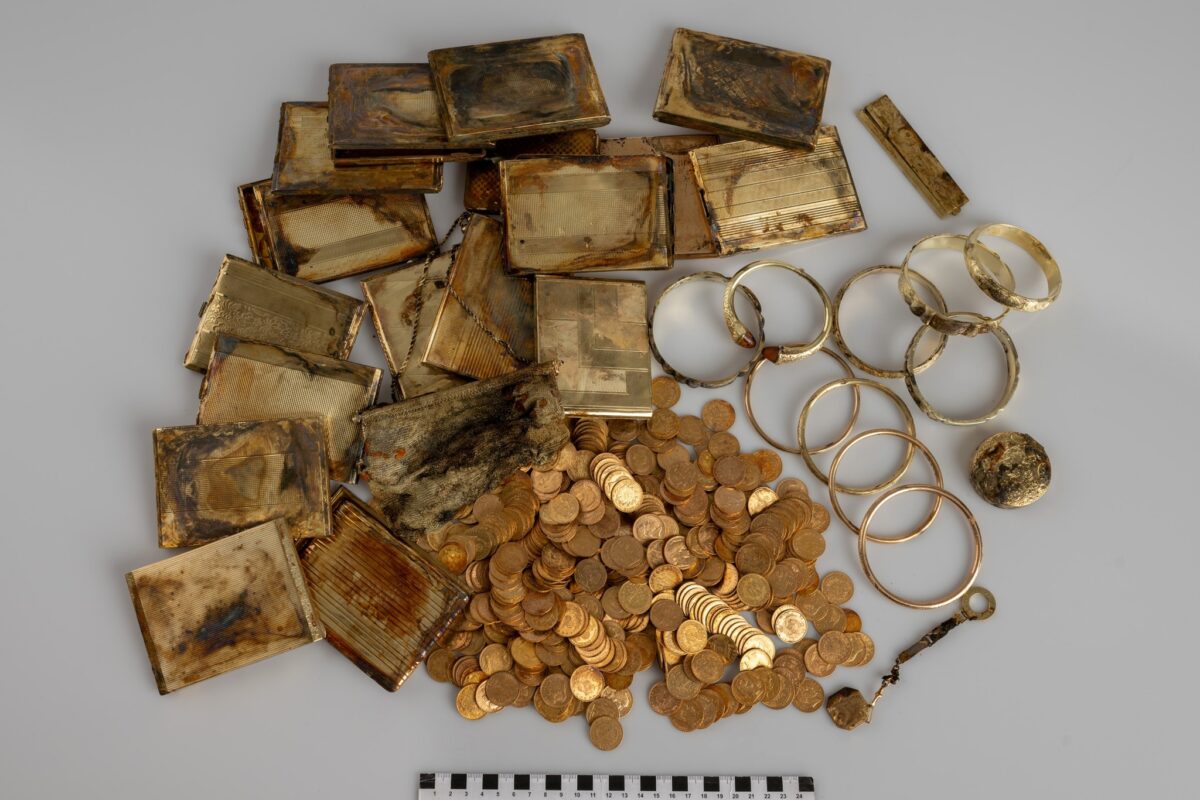In the heart of the island of Cyprus, nestled in a secluded valley near the silent vicinity of ancient Tamassos and the peaceful outskirts of modern Nicosia (Lefkosia), a valley awakens from centuries of deep slumber. Here, the magnificent Temple of Apollo at Frangissa, briefly observed in 1885 by the German explorer Max Ohnefalsch-Richter but subsequently lost to the mists of time, is being brought back to light through the meticulous and determined efforts of modern archaeology. This remarkable event offers a unique journey into the thousands of years of worship and art of Cyprus, adding a brand new page to the island’s rich history.
Comprehensive field research led by Dr. Matthias Recke of Goethe University Frankfurt and in valuable partnership with PD Dr. Philipp Kobusch of the Archaeological Institute at Kiel University has finally re-mapped this sacred site. Thanks to the generous support of the Cyprus Department of Antiquities and the AMRICHA Foundation in Leipzig, the team conducted rigorous studies, including geophysical surveys that confirmed the presence of impressive underground structures in an area rich with ancient pottery shards, sculpture fragments, and terracotta artifacts.
The fruitful excavation season of 2024 unearthed an astonishing array of statue fragments, including colossal figures and their magnificent pedestals, which had been overlooked during the initial investigations. The excavations, initiated following the Cyprus Department of Antiquities’ successful localization of the site in 2021, had already revealed over 100 statue bases, some of immense size, that once adorned courtyard walls. However, the real surprise came with the recovery of a staggering quantity of statue fragments from the fill, seemingly missed during the hasty 1885 excavations.

These newly discovered invaluable fragments represent a treasure trove that will allow for the completion and faithful restoration of numerous statues housed in museums across the globe, including the Cyprus Museum in Nicosia and the Royal Ontario Museum in Toronto. Moreover, the excavations have revealed entirely new types of sculptures previously unknown from Frangissa. For instance, the discovery of feet significantly larger than life-size now definitively confirms the existence of colossal Archaic limestone male figures, complementing the previously known terracotta giants.
Beyond the sculptures, the team unearthed significant evidence of previously unrecorded votive offerings, such as marble-like glass beads and amulets made of Egyptian faience. These findings indicate a broader range of worship practices at the temple and potential cultural connections.
Among the most noteworthy discoveries are two significant inscribed pedestals, one bearing text in the Cypro-Syllabic script and the other relating to the Ptolemaic dynasty. These inscriptions clearly demonstrate that the sacred site retained its importance not only during the Archaic period but also in later times.
The architectural layout of the temple is also being re-evaluated. The evidence suggests significant expansions over time, including the construction of a large peristyle courtyard, likely used for communal banquets. This new information holds the potential to illuminate the ritual behaviors of the ancient worshippers and provide valuable insights into the temple’s role within the wider cultural landscape of Cyprus.

The rediscovery of the 13-meter-long trench from the 1885 excavation definitively confirms the site’s identity while also offering a striking glimpse into the early exploration efforts. This trench revealed impressive remnants of ancient double-shell wall construction, undoubtedly part of the sacred site’s original architecture.
Ongoing meticulous research on these well-preserved remains promises to unveil deeper details about the ritual practices and spatial organization of this significant ancient sanctuary, offering a vivid window into the rich religious life of ancient Cyprus. The rediscovery of the Temple of Apollo at Frangissa is not merely an archaeological triumph but also the echo of a forgotten voice of Cyprus, a whisper of untold stories from the island’s ancient past. These whispers, amplified by future research, will gradually unlock the secrets and significance of this sacred place.
Cover Image Credit: The German explorer Max Ohnefalsch-Richter with the statues unearthed from the excavations. Credit: Universities of Frankfurt





